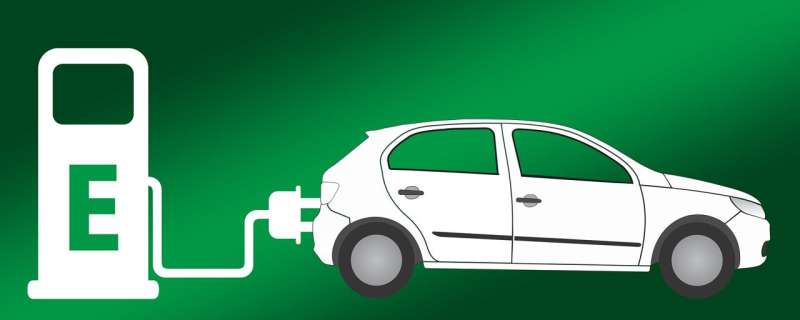University of Birmingham researchers have announced a new approach for recycling the highest value component of end-of-life electric car batteries, the battery cathode, that is less energy-intensive and uses less hazardous chemicals than current recycling methods.
Their novel method uses organic acid such as ascorbic acid (vitamin C) as a leaching agent, and has been tested on cathode material from a first generation Nissan Leaf battery cell that had powered 40,000 miles of driving.
The results of this testing, published on the ChemRxiV preprint server, demonstrated that ascorbic acid selectively leaches low-value electrode material (lithium manganese oxide), and leaves the higher value nickel and cobalt-based material in a solid state, from which it can be directly recycled.
The new method has considerable potential for simplifying battery recycling, which currently concentrates on recycling elements by dissolving battery cathodes using strong acids. This poses an additional conundrum of disposal of potentially hazardous waste from the recycling process. Moreover, it relies on the initial shredding of the batteries, which mixes components and creates a jumble of chemistries that can only be separated by chemical processes.
The new leaching method was invented by Professor Peter Slater, Professor Paul Anderson, and Dr. Laura Driscoll from Birmingham’s School of Chemistry and has been patented by University of Birmingham Enterprise.
Their research is part of the ReLiB (Recycling and Reuse of EV Lithium-ion Batteries) project, a multi-institution consortium of researchers led by the University of Birmingham, which aims to improve the speed, economics and the environmental footprint of recycling processes.
Professor Slater commented, “Battery chemistry, and cathode chemistry in particular, is constantly evolving to meet the demand for greater energy density. However, battery recycling has remained relatively static, and has focused on breaking down the cathodes into their individual element components particularly when recycling mixed chemistries, which loses a lot on the internal value of the cathode material.”
“The challenge with recycling mixed chemistries is to separate out the low and high-value materials. Our method removes the low-value material, while leaving the high-value material in a solid state, so it can be directly recycled, maintaining its high value.”
The research team started their research from a real-world perspective, by looking at what is actually going into recycling chains. They chose a battery from a Nissan Leaf, as this car was the first mass-market electric vehicle, and both cars and batteries will be among the first to enter recycling chains, and the recycling industry.
Professor Slater added, “Our method will reduce the cost and number of steps to recover cathode materials, so they can be remanufactured and put back into new batteries, with minimal environmental footprint.”
The research team is now working on scaling up this approach, and is looking for long-term partners for pilot studies, deliver this technology to existing infrastructure, or collaborate on further research to develop the system.

